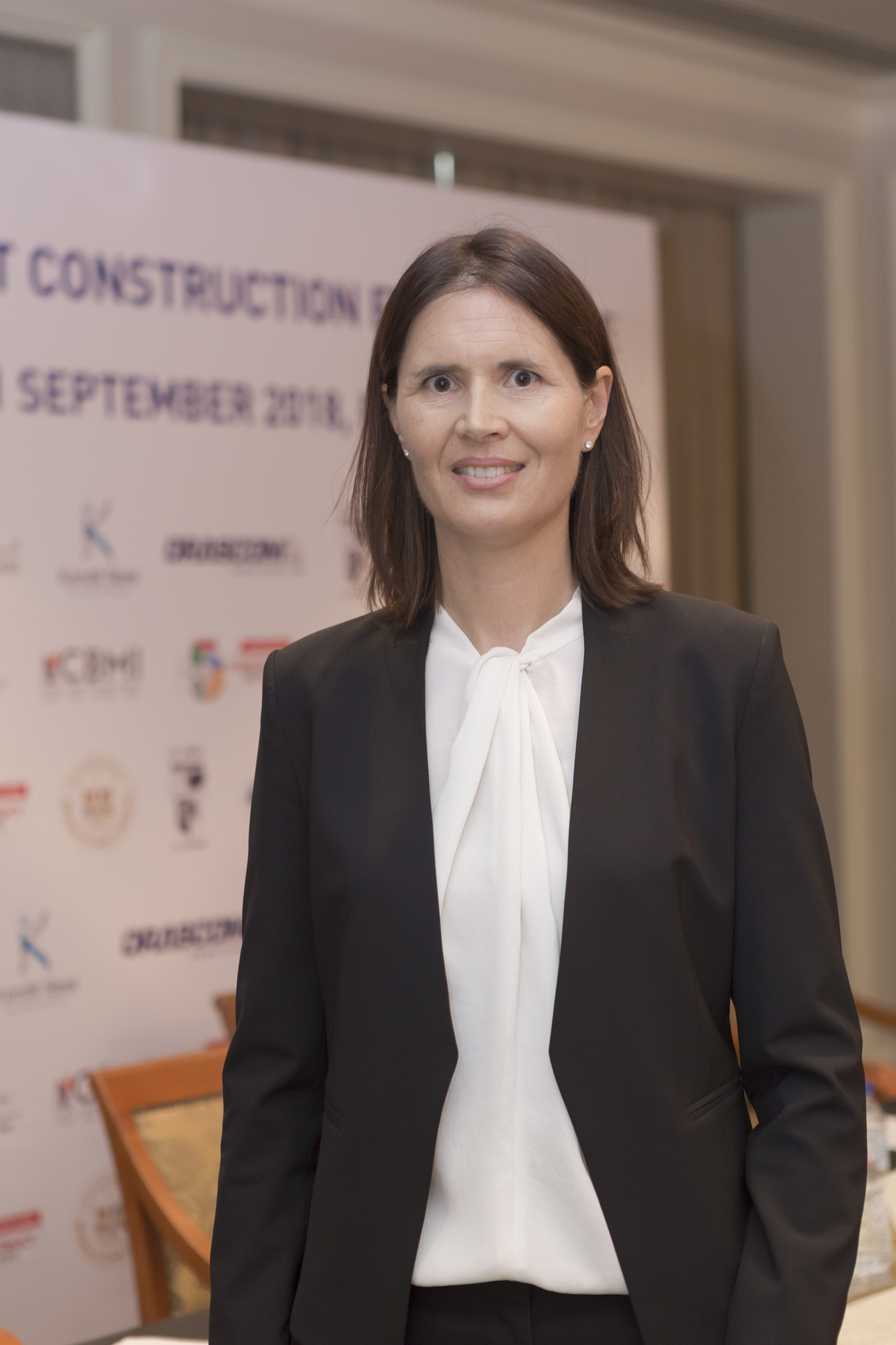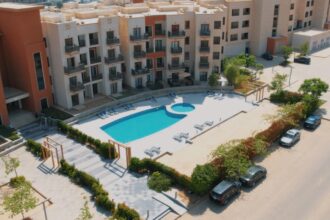Fathallah Fawzy, chairperson of Mena for Development Consultancy, said that vacant real estate units in Egyptreached 11m, 40% of them within the old rental system, while the percentage in cities close to Cairo does not exceed 15-20%.
Meanwhile, 10 Tooba for Applied Research on the Built Environment said that there are 6.409m total vacant units (non-residential units, such as garages, single rooms, shops, and others, were omitted). The company added there was an average yearly construction rate of 1m units between 2007 and 2015, arriving at six and a half years’ worth of vacant housing units.
Meanwhile, official data from the Central Agency for Public Mobilisation and Statistics (CAPMAS) revealed that the total number of vacant housing units in Egypt is 12.8m units. There are about 4.6m units that are fully constructed while 4.3m units are still under construction, leaving 2.8m units closed and due to be occupied.
Head of CAPMAS Abu Bakr El-Gendy said that the Egyptian population hit 104.2m; 94.98m living inside Egypt and 9.4m living abroad.
10 Tooba said that vacant units in Egypt represent 27.51% of all units, noting that it requires about six and a half years to be inhabited. In its report, Matrouh came in first place with 95.52% of units vacant, followed by the Red Sea region with 48.53%, then Alexandria with 34.05%.
North Sinai had 32.26% of its units vacant, followed by Luxor with 31.69%, and then Qalyubia with 31.35%, while Giza had 30.78%, and Cairo had 27.03%. Beheira came in last place with 20.79%.
Gharbia includes vacant units estimated at 26.4%, followed by Dakahlia with 25.2%.
Nevertheless, the total number of vacant units in new cities reached 281,379, while the total number of residential units reached 479,895, with the percentage of vacant units standing at 58.6%.
New Cairo came at the top of cities with vacant units, recording 63,917 units, followed by Sixth of October with 29,070 units, then Obour city with 25,108, while New Minya came in last with 2,399 vacant units.
In 2016, Minister of Housing Mostafa Madbouly said that 32 state-led development projects will build 656,000 new affordable housing units at a total cost of EGP 97bn.
Madbouly also confirmed that around 125,000 social housing units have been built to support the less privileged.
Furthermore, the Egyptian government has launched a project funded by a $500m World Bank loan to improve housing facilities for low-income households. However, Egypt is still facing a critical housing problem.
The residents of informal areas, where 70% of the population lives, have complained of lack of access to water and electricity. Moreover, people who live in informal settlements are in constant fear of a sudden structural collapse.
Official statistics revealed that about 3.2% of households live in non-durable housing; buildings in a pronounced state of disrepair or in so-called unsafe areas prone to rockslides and flash floods.
While a large portion of these buildings can be repaired, and the imminent danger to unsafe areas may be mitigated, action has been slow or non-existent because of a complex situation brought on by rent controls, municipal corruption, and informal tenure. This has meant that around 200 people lose their lives, and over 800 families are made homeless as a result of over 390 residential building collapses a year.



